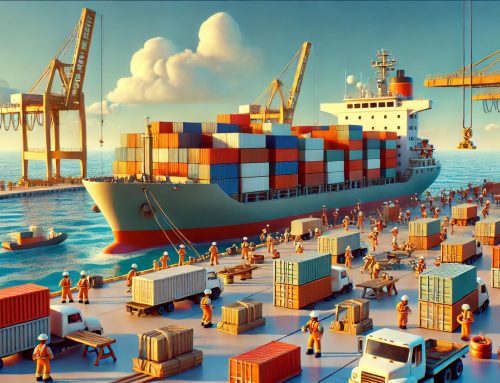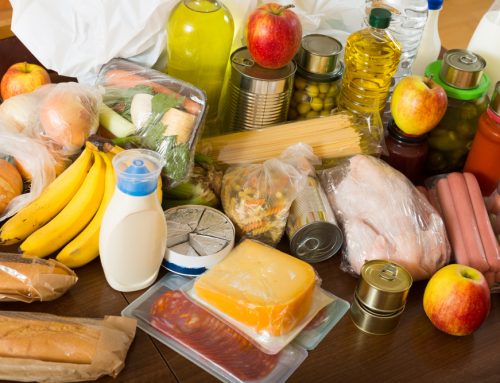December 23, 2022
Finland recovered rapidly from the COVID-19 shock but growth has stalled following Russia’s war of aggression against Ukraine. Soaring inflation has reduced household disposable income in Finland and its trading partners, slowing the economy, according to a new OECD report.
The latest Economic Survey of Finland says policies to assist vulnerable households should be targeted while ensuring that the structural budget position does not deteriorate. Fostering a stronger recovery and sustaining the country’s high living standards will require measures to boost productivity, employment and innovation.
To close the gap in living standards with the other Nordic countries, productivity growth must increase and the employment rate rise, notably for older workers. Addressing the structural shortage of skilled workers through tertiary education and migration reforms is critical for strengthening productivity growth.
The Survey projects that the Finnish economy is likely to contract over the coming quarters, weighed down by high inflation, tightening monetary conditions and curtailment of Russian gas supplies to trading partner economies. It projects Finland’s GDP growing at 2.2% in 2022, falling by 0.3% in 2023, then bouncing back by 1.1% in 2024, as these headwinds pass.
Underlying conditions are expected to remain challenging over the coming two years, according to the Survey. Consumption will weaken in response to falling real wages, but subsequently recover as wages rise. Export growth will fall along with export markets, which are being hit by the reduction in gas supplies from Russia, but will pick up as alternative energy sources are found. Business investment will remain weak through 2023, owing to weak economic activity and a more uncertain economic outlook, but strengthen in 2024 as the global outlook improves. The unemployment rate should peak at around 8%, and only fall slightly by end-2024. Annual inflation will fall from 7% projected in 2022 to 3.1% in 2024, when the energy shock will have passed.
The economic slowdown has worsened public finances, delaying government action to stabilize the debt-to-GDP ratio in the long run. The OECD supports Finland’s plan to achieve a structural budget deficit of 0.5% of GDP by the end of the decade, OECD Acting Director of Country Studies Isabell Koske said, during a presentation of the Survey. “Regular, comprehensive spending reviews should be undertaken to identify consolidation measures,” Koske said.
While Finland is on track to meet its gross greenhouse gas emissions objectives, there is scope to reduce the costs of reducing emissions, notably by reducing reliance on biofuels and increasing reliance on carbon pricing and measures to reduce car dependence in cities. New measures will be needed to meet forestry and other land-use targets, which remain very challenging.
Rebooting innovation ecosystems would help to increase Finland’s low productivity growth. This will entail not only increasing R&D spending, but also establishing clear objectives for applied research funding and a more diversified innovation ecosystem, strengthening synergies between export promotion and innovation, and above all, increasing the supply of skilled workers.
Source: OECD
Legal Notice: The information in this article is intended for information purposes only. It is not intended for professional information purposes specific to a person or an institution. Every institution has different requirements because of its own circumstances even though they bear a resemblance to each other. Consequently, it is your interest to consult on an expert before taking a decision based on information stated in this article and putting into practice. Neither Karen Audit nor related person or institutions are not responsible for any damages or losses that might occur in consequence of the use of the information in this article by private or formal, real or legal person and institutions.






